California has 3,427 miles of coastline. A particular four miles of that entire Pacific coast has come under intense scrutiny, and those four miles are the Oceano Dunes State Vehicular Recreation Area (SVRA) in San Luis Obispo County.
It is the only beach in all of California that allows motorists to drive and camp along the shoreline, and for dirt bikes, ATVs and dune buggies to ride on the dune complex in a designated off-highway vehicle (OHV) area. It’s visited by two million people annually and is estimated to generate $243 million of revenue from those crowds.
Motoring and off-roading has long been part of Pismo Beach and Oceano Dunes history, with historical records and photos showing motorists on the beach as early as 1905. It is a heritage so unique that the Visit California Board of Tourism prominently features it in a recent ad to attract visitors to the state.
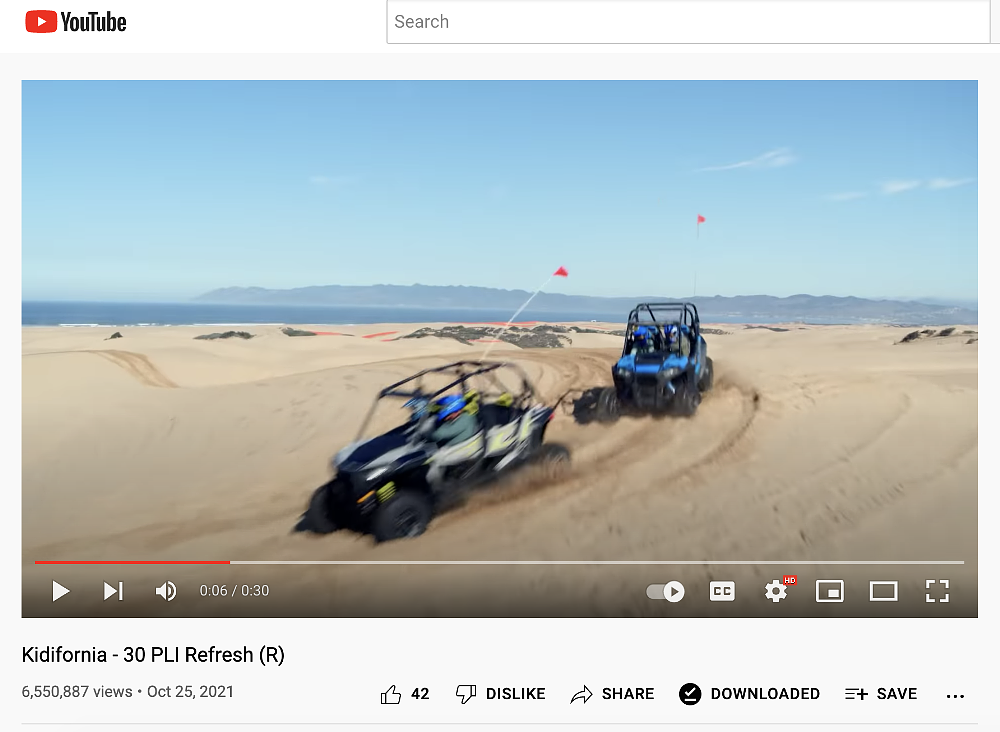
This long tradition may be coming to an official end, as the California Coastal Commission (CCC) unanimously voted to ban all off-road activity on the beach starting in 2024. The only thing that stands in the way of this permanent ban is a series of lawsuits by the non-profit Friends of Oceano Dunes, an organization dedicated to protecting off-road access in the area.
What is the CCC, and why is it barring off-road riders from this public access beach and state park? What might be the effect of removing off-roading from this historic beach, economically and environmentally? And for all the off-road community in California and beyond, what might this precedent mean for other riding areas? The ripple effect of this ruling could have a lasting impact way beyond the shores of Pismo Beach.
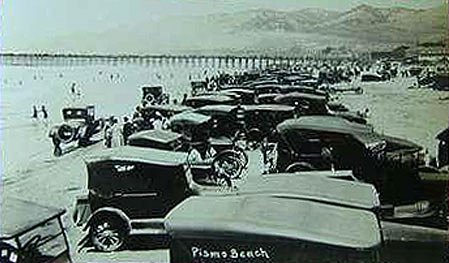
Oceano Dunes history
The Oceano Dunes as a thoroughfare traces its roots all the way back to 1769, when the Spanish Portola expedition began establishing the historic El Camino Real route (now better known as the Pacific Coast Highway). Automobiles began to appear on the beach as early as 1905, and in 1934 California State Parks acquired the land to form the Oceano Dunes District. In 1971, California State Parks established the Off-Highway Motor Vehicle Recreation program and in 1982 Oceano Dunes became an official State Vehicle Recreation Area (SVRA).
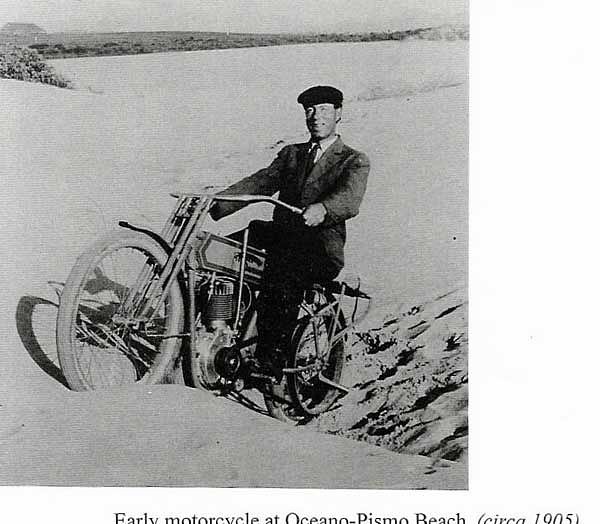
During the 1970s, California was experiencing a boom in population and industry growth, and residents were becoming concerned about open access to the coast and protecting the coast from overdevelopment. So in 1972 California voters passed the California Coastal Initiative, which set the precedent for the creation of the California Coastal Act and by extension the California Coastal Commission. Today, the CCC mission statement is to protect and enhance the coastline and preserve public access to coastal waters for future generations.
Over the decades, tensions have risen between the California Coastal Commission and the California Parks Department about whether off-roading should be allowed to continue at Oceano Dunes. The two state agencies have become interlocked in a power struggle, with both claiming jurisdiction over the stretch of beach. The CCC points to its responsibility for protecting coastal resources as the reason it should have overriding authority, while the parks department has a State Vehicle Recreation Area (SVRA) designation to uphold, which means keeping an off-roading area available for recreation.

This conflict came to a head in a 10-hour-long special meeting held by the Commission, in which the members unanimously voted to ban all off-road activity at Oceano Dunes. At the heart of this ruling, air quality concerns and the protected habitat of the endangered Snowy Plover shorebird were front and center.
Four lawsuits filed by the Friends of Oceano Dunes, a non-profit committed to fighting for access for all (with a strong emphasis on off-roaders) at Oceano Dunes, are all that stand in the way of the ban on off-road riding taking effect. The Friends of Oceano Dunes lawsuits call into question the legality of dust mitigation measures enforced by the CCC and San Luis Obispo Air Pollution Control District, argue against the March 2021 decision under the California Environmental Quality Act, and argue that the CCC has “exceeded its authority under the California Coastal Act when it issued its decision on March of 2021.” While the California Superior Court will ultimately hear these cases, there has been further outside research into the Western Snowy Plover and the air quality issues that led to the CCC ruling. And not everyone agrees with the CCC's findings.

The Western Snowy Plover
The Western Snowy Plover is a small shorebird that was listed as a threatened species by the United States Fish and Wildlife Service in 1993 and has remained protected ever since. The Western Snowy Plover inhabits beaches along the Pacific shoreline, stretching from Mexico all the way up to the coast of Washington state.
The CCC maintains that because Oceano Dunes is home to the Snowy Plover, it is therefore designated an environmentally sensitive habitat area, and any off-roading activity would need to meet two critical conditions. The first is that the use be resource dependent, meaning the activity in question is not possible anywhere else except Oceano Dunes. Since California has other dedicated off-road parks, and because off-roading doesn’t require proximity to the shoreline, this first condition is not met. The second condition is that any activity must not impact significant habitat values. The Commission’s evaluation determined that off-roading does cause serious impact to the habitat of the plover.
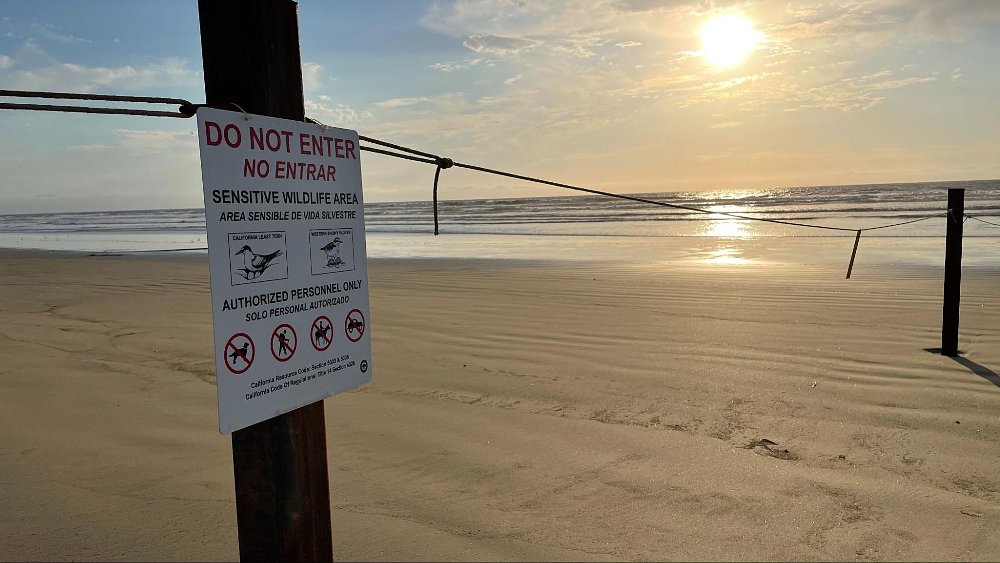
That second claim, however, is contested by off-road advocates. They bring attention to the Oceano Dunes SVRA, the group responsible for managing the off-roading area, and the massive efforts they take to aid the Snowy Plover and protect its habitat.
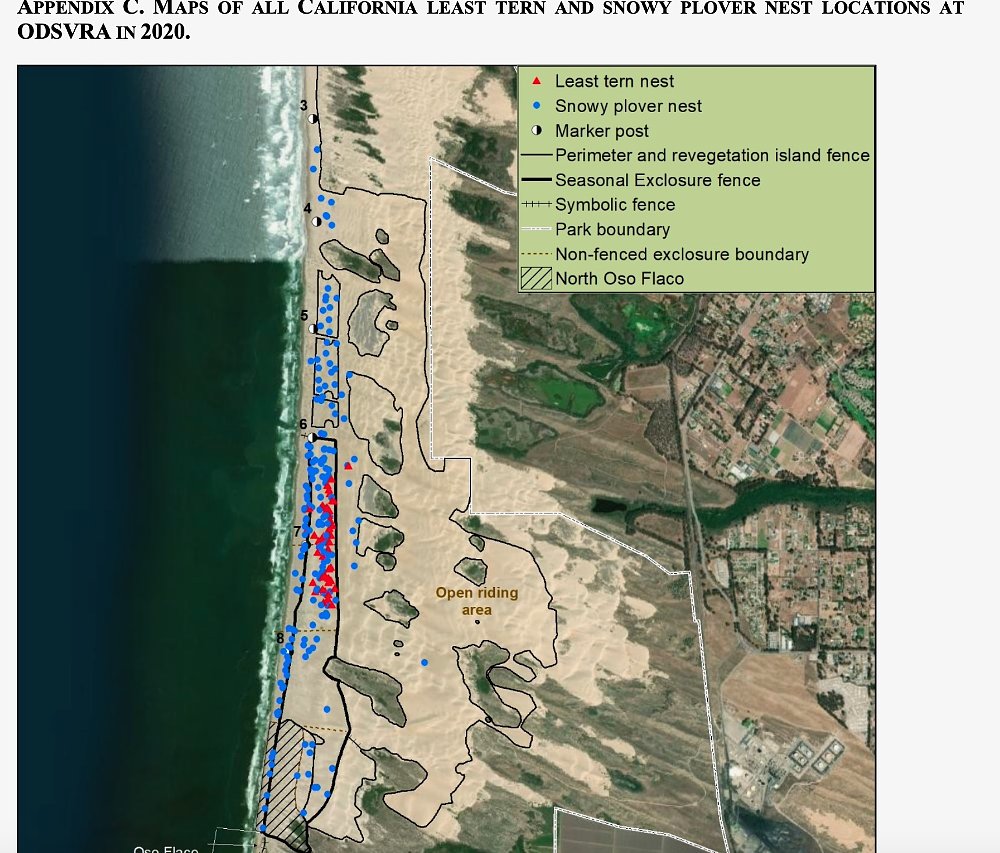
All together, the Oceano Dunes SVRA spends nearly $2 million annually to ensure the continued protection of the Western Snowy Plover. It employs a minimum of four monitors a day during the busy breeding season from March through September who assemble a thorough annual report. It deploys special fencing to fend off predators and to keep off-roaders away from sensitive nest areas, and will even close down certain beach and riding areas if necessary to help these vulnerable birds during their breeding season.
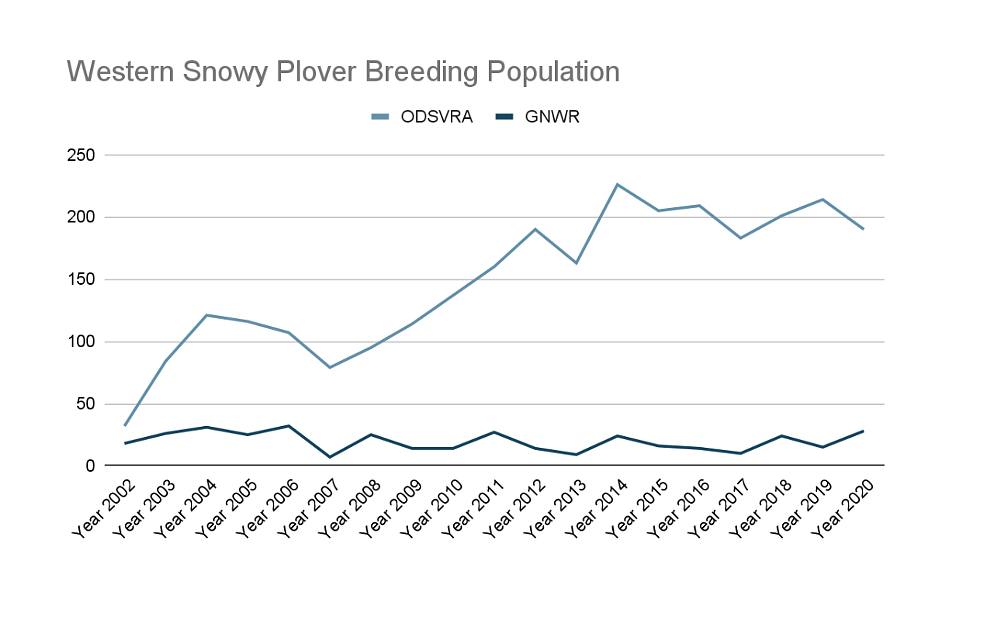
While it might be natural to think that off-road riding activity would have a negative effect on the nesting population, the evidence doesn't support that idea. While the Oceano Dunes SVRA has had populations well into the hundreds for decades, the directly adjacent Guadalupe-Nipomo Dunes National Wildlife Refuge managed by the United States Fish and Wildlife Service has a noticeably smaller population and hatch rate. The refuge right next door has trouble attracting anything north of 32 adult Snowy Plovers. How is this possible, with the quiet and tranquility the refuge can offer in a nearly identical environment that is free of the noise and nuisance of off-road riders?
Another example: One would think that after Oceano Dunes was closed to the public and off-road activity during the 2020 COVID-19 pandemic that surely the Snowy Plover numbers would flourish, but it turns out that the opposite happened. There was an 11.2% drop in breeding adult population numbers, and for breeding pairs that choose to nest in the empty open riding area only 4.2% of those nests resulted in a successful hatching.
There is always a lot of guesswork and variables in trying to learn and improve the odds of these endangered species, but if the last 30 years of research has taught us anything about the plight of the Snowy Plover, it’s that there is no clear correlation between off-road activity and the bird populations.
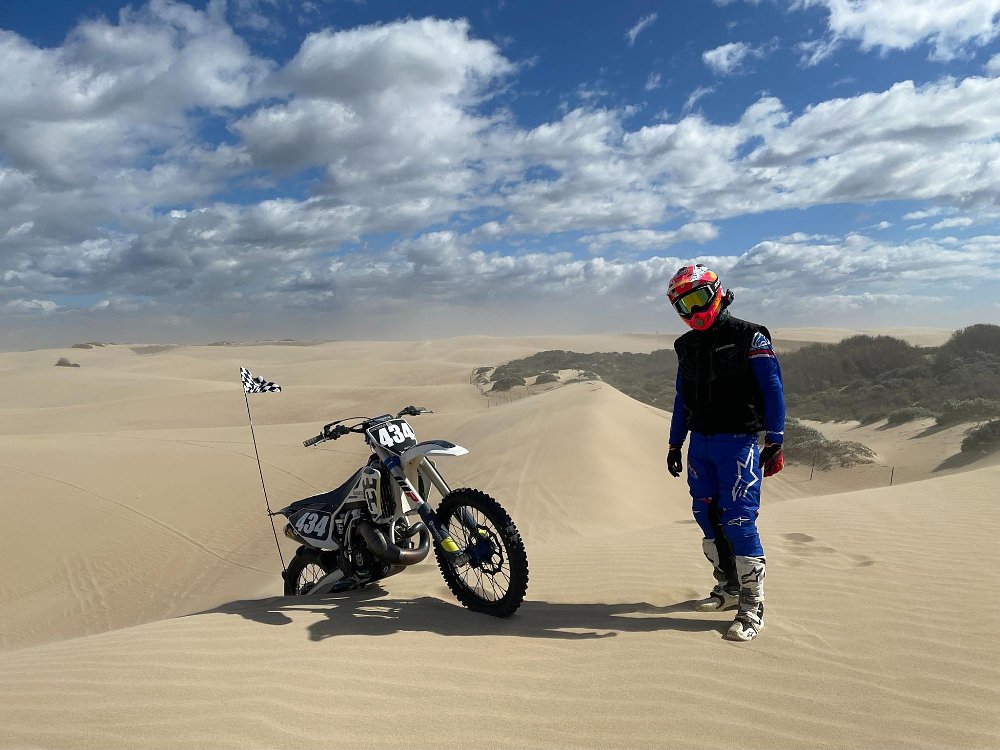
Air Quality Issues
Air quality issues associated with off-road riding in Oceano Dunes are the centerpiece to the CCC's decision to ban off-road activity altogether. You might think air quality refers to emissions, but the real concern is that off-road riders stir up dust and cause erosion.
The Commission’s supporting exhibits from the March special meeting refer to an ecological report prepared by the CCC itself that claims off-road riders “break up the stiff surface layers that form on beaches and dunes, which facilitates the emission of particulate matter to downwind communities and erodes the dunes.” The San Luis Obispo County Air Pollution District agrees with this assessment and further asserts that off-roading causes devegetation to occur, and without the vegetation, particulates are more easily swept away by the wind.
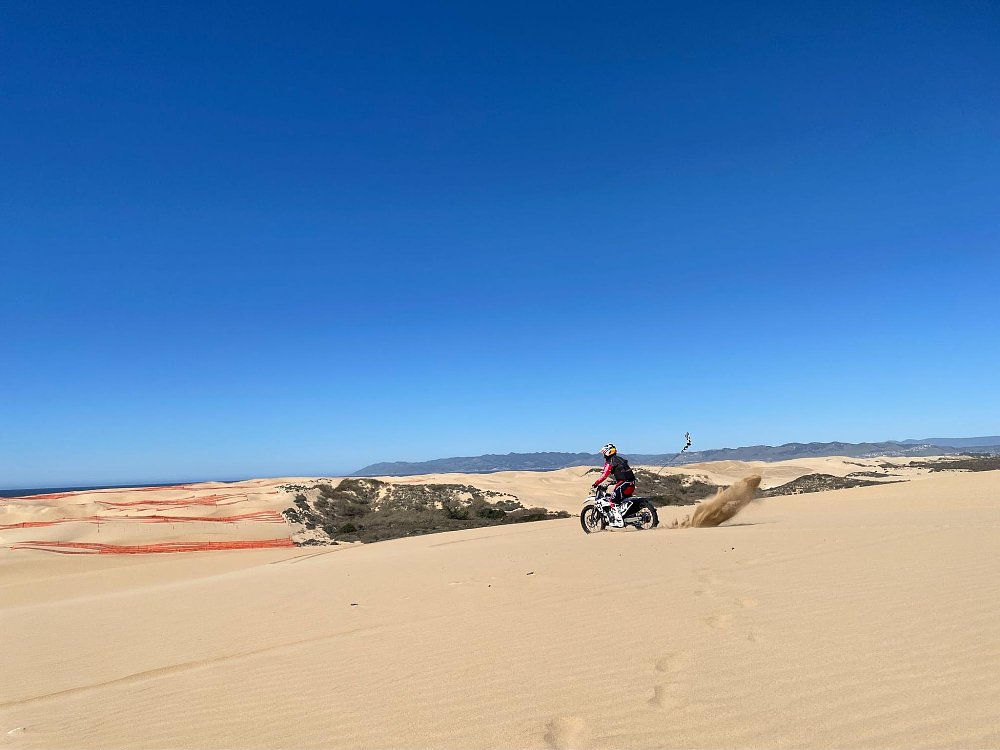
To quote the Air Pollution District, it is not “dust raised by vehicles moving over the sand” that causes the air quality issue, it is that “Off Road vehicle activity on the dunes is known to cause de-vegetation, destabilization of dune structure and destruction of the natural crust on the dune surface.” In other words, it’s not the roost of these off-road vehicles that they take issue with, but rather how these vehicles break down the “crust” of the dunes, and their vegetation, which leads to dune erosion and the spread of dust.
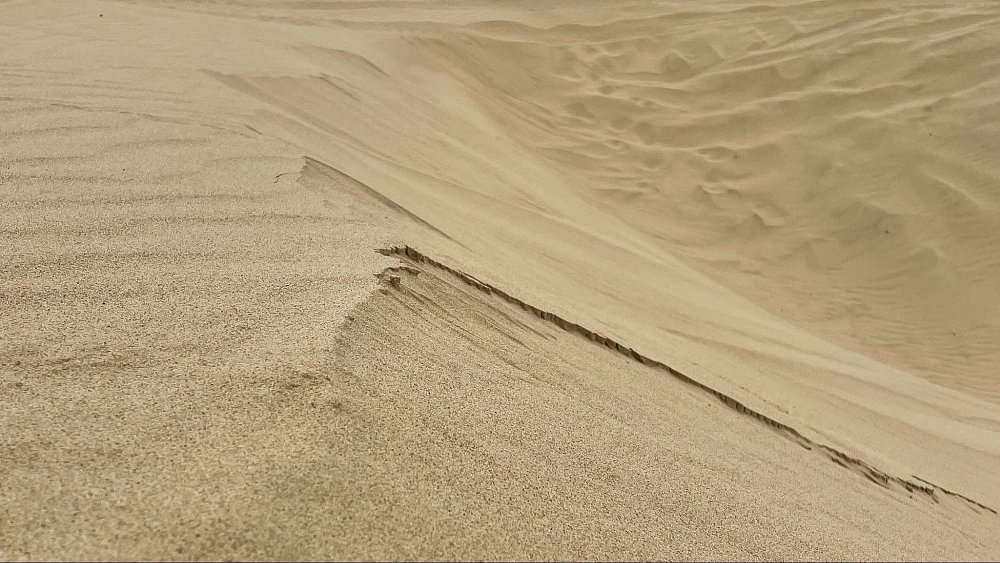
However, other experts disagree with this theory. A California Department of Conservation geological survey conducted by state-certified geologists Will J. Harris and William R. Short said the CCC ecological report “inaccurately describes dune processes and features and fails to mention the fundamental geological process of dune-building.” They also assert that a dune does not form a crust, that it is instead “ephemeral.”
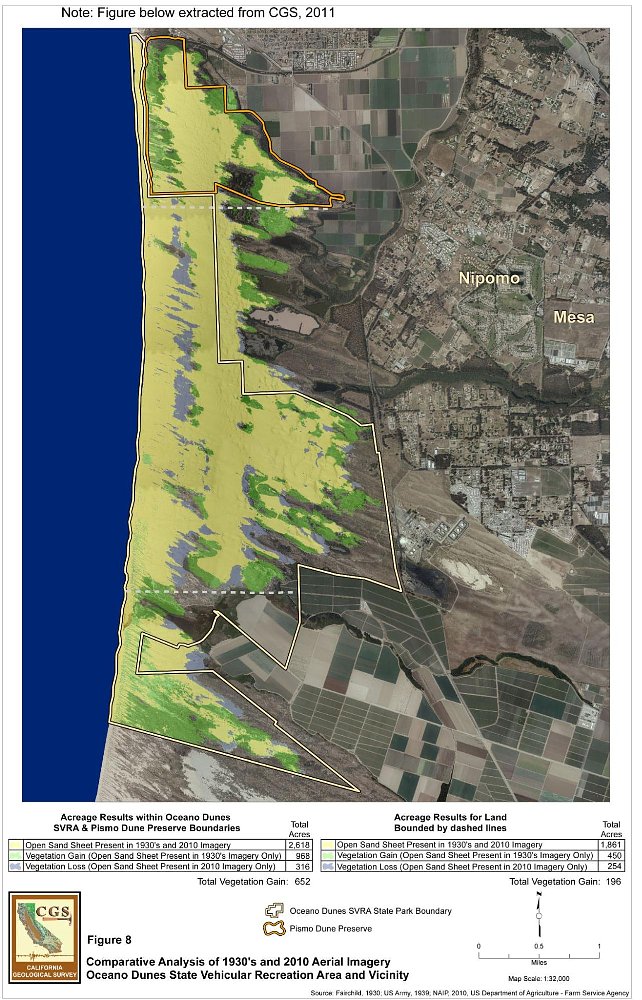
The geological survey also points out that according to aerial photographs from the 1930s, there is actually more vegetation in Oceano Dunes right now, due to California State Parks replanting programs, than there was in the days before significant off-roading. The California Department of Conservation claims that the open sand sheets of this coastal dune are naturally occurring and have always existed and it even challenges whether the open sand sheet dunes should be considered an environmentally sensitive area.
Another outside expert is also at odds with the CCC and the San Luis Obispo County Air Pollution Control District over whether the airborne particulate matter is caused by off-road riding or by natural forces. A study by the Scripps Institution of Oceanography at the University of California in San Diego found that inhalable particulate matter was more likely to be caused by natural forces than off-road vehicles.
Given these differences, it seems that the decision to close Oceano Dunes to off-roading based on air quality issues is a decision based not on a firm foundation, but on ground that’s shifting as much as the dunes themselves.
A battle for the sand
While the protection of the Snowy Plover and concerns around air quality are two of the primary arguments the Commission has made to justify its decision to shut down off-roading in Oceano Dunes, the truth is that there are even more arguments on the table and a number of lawsuits in the works, both in support and in opposition to the decision.
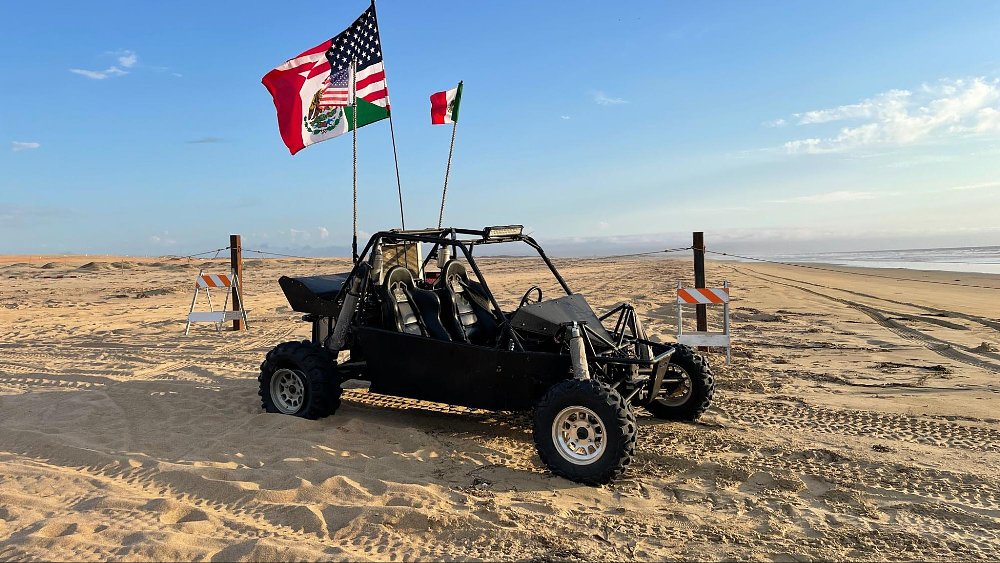
There are questions about whether or not the riding area is explicitly protected in the California Coastal Act, there are questions about the land rights of indigenous tribes who were here far before any commissions or motorcycles, and there are legitimate debates about whether or not off-roading activity is actually good for the development of the surrounding communities.
Balancing so many competing interests on this small stretch of beach is a difficult task. It takes patience, listening, understanding, and compromise.
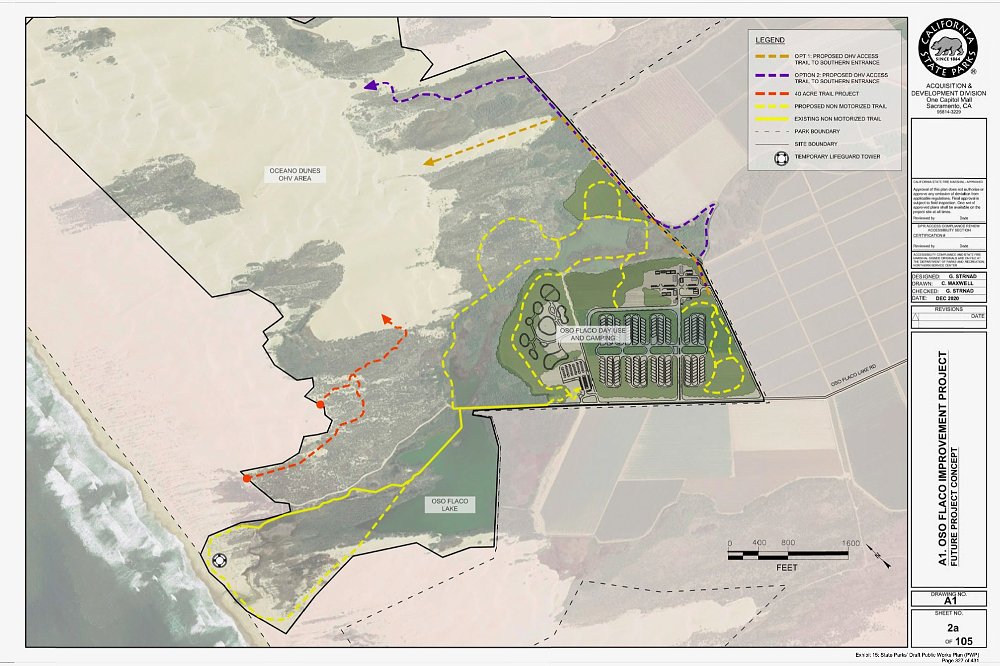
The California State Parks department, which oversees the Oceano Dunes SVRA, has made a serious effort to accommodate these concerns. It sent a Public Works Plan to the CCC that had solutions for many of the issues raised, and strove to reimagine Oceano Dunes as an inclusive park for all. Unfortunately the proposals fell on deaf ears as the CCC already had made its decision on the matter.
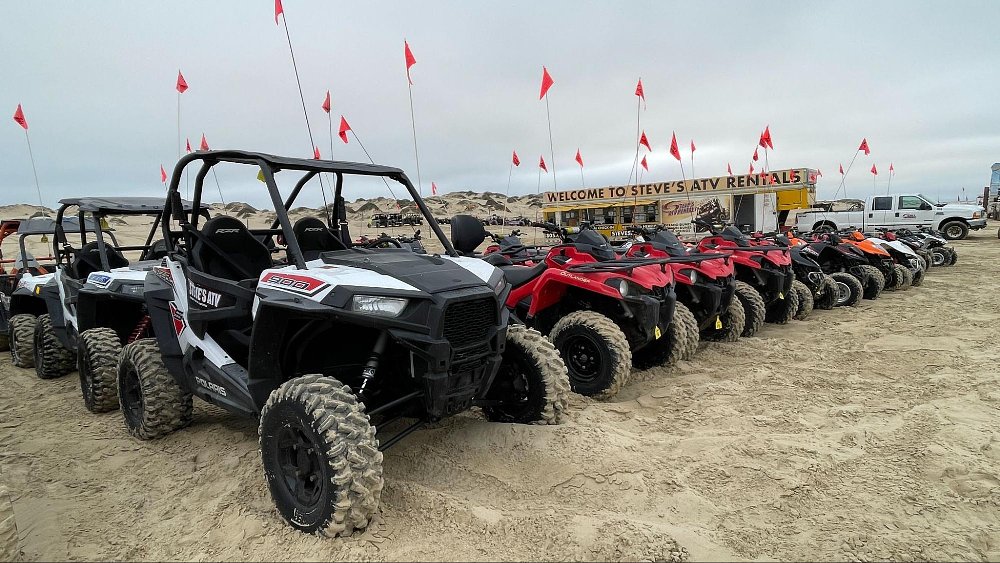
So, what does happen to these beach communities once off-roading leaves Oceano Dunes for good? For those in favor of the closure, they imagine a beach that is peaceful and inviting to a whole new crowd of beach goers. For those against the ban, they see an economic disaster on the horizon. If the number of visitors to Oceano Dunes is drastically reduced, how will that affect local businesses? What will this mean for the funding of the Snowy Plover program? The SVRA designation at Oceano Dunes means a significantly higher budget is earmarked for this park, and once that designation goes away, so does the money that comes with it.
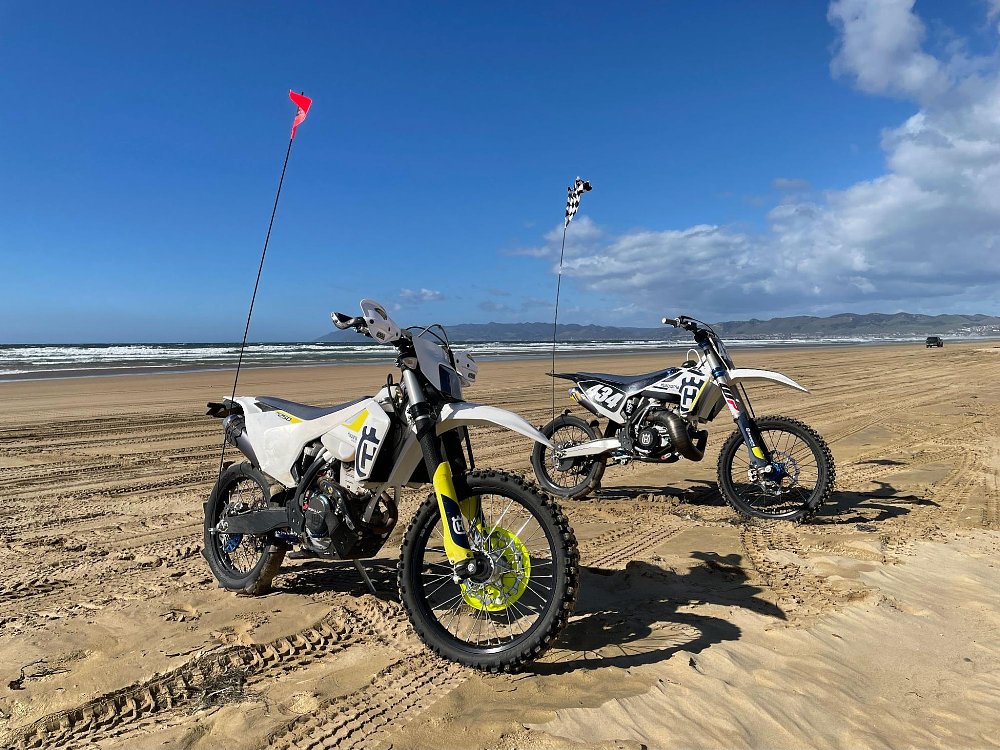
For the off-roading community, Oceano Dunes is the closest SVRA for many Fresno and Los Angeles dune riders and one of the most iconic riding areas in the entire state. The ability to take the entire family and camp on this beach, with non-riders playing in the waves and off-roaders hitting the dunes, makes Oceano Dunes unlike any other beach in all of California, and trust me, there is no shortage of fantastic beaches to visit here.
A cautionary tale
While the focus of this story has been on Oceano Dunes in California, the reality is that these riding area closures are unfolding across the country. It’s happening in Utah. It’s happening in New Jersey. It’s probably happening wherever you live, too. If you are concerned about riding areas in your state, here are some actions you can take to be more involved:
Write to your local and state representatives and let them know how important recreational powersports is to you. It’s possible these representatives are on a board or council that may impact decisions on riding areas in the future, so let them know early and often that you care (and are watching).
Join your local off-road advocacy group. Or if there isn’t one, consider starting it! Being visible and active at public hearings and engaging with the process in a consistent manner is crucial to maintaining public riding areas.
Make allies, not enemies. Public lands will always have a host of communities with varied interests in how that land is used, and they may not always agree with how that is determined. Finding common ground with other interest groups and forging compromises will go much farther than digging in the heels and labeling others as “enemies.”
If we want to keep riding on these lands we need to be good stewards of them. We need to be aware of our impact, and we need to be respectful to those who call these areas home. We also need to make our voices heard and we need the entire off-roading community to engage in the process to keep them open.
At Oceano Dunes, the battle isn’t over yet. The Friends of Oceano Dunes’ day in court looms in the distance, and Pismo Beach’s long heritage of beach motoring hangs in the balance. The question now becomes: Will California’s court system rule in favor of access for all on this public land, or will another OHV park be lost to the sands of time?












